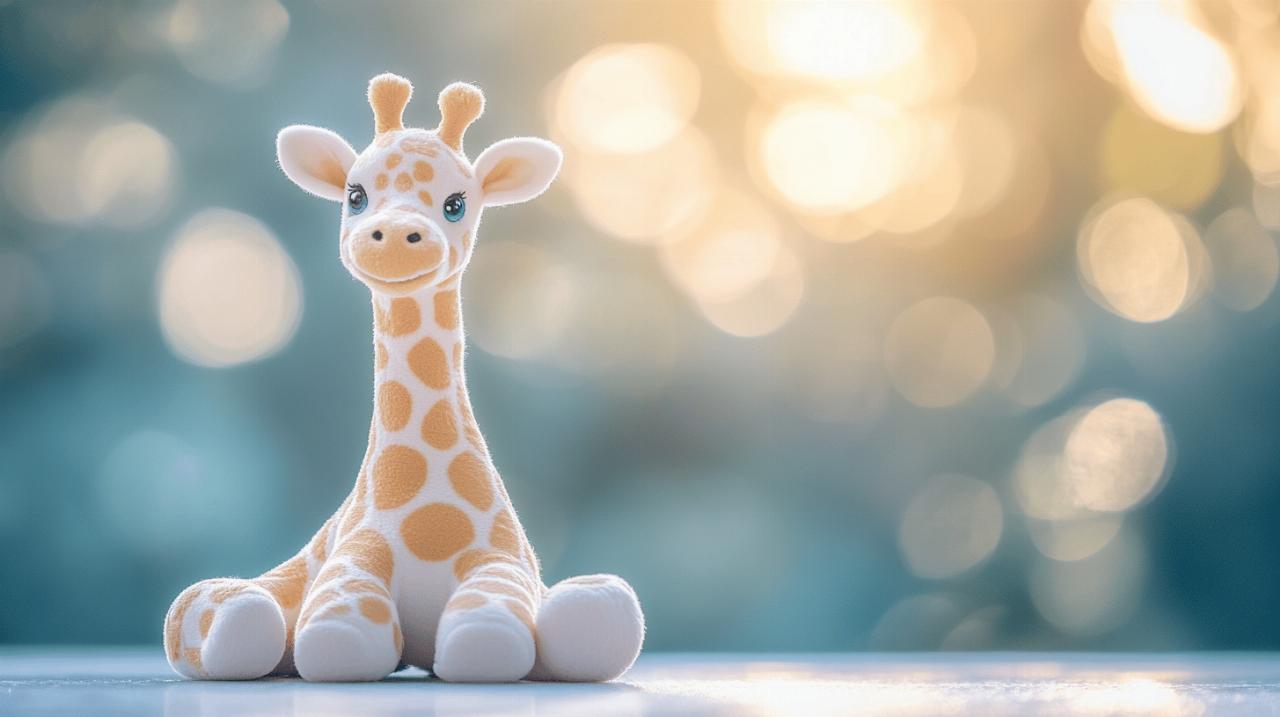When tiny kittens first arrive into this world, they are utterly dependent on their mother for warmth, nourishment, and protection. These fragile little creatures are born with their eyes firmly sealed shut, relying entirely on touch and scent to navigate their earliest days. The journey from complete darkness to perceiving their surroundings in vivid detail is a fascinating process that unfolds over several weeks, revealing the remarkable way nature has designed feline vision to suit their role as skilled hunters and alert companions.
The first glimpse: when kittens' eyes begin to open
The Timeline of Eye Opening in Newborn Kittens
The moment a kitten's eyelids begin to flutter open is one of the most endearing milestones in their early development. Typically, this magical event occurs somewhere between eight and twelve days after birth, though some kittens may take a little longer, up to sixteen days, before their lids part for the very first time. Each kitten is an individual, and variations in timing are perfectly normal. During these initial moments, what emerges is not the sharp, focused gaze of an adult cat but rather a soft, uncertain look as the world comes into view for the very first time. The eyes themselves are often a brilliant blue at this stage, a colour that will remain for several weeks before the true adult hue begins to develop. This blue phase is not merely cosmetic; it reflects the ongoing maturation of the eye's internal structures, particularly the cells responsible for colour perception.
What mum cats do whilst their kittens' eyes are shut
While the kittens remain sightless, the queen, as mother cats are known, is ever vigilant and attentive. She keeps her litter warm, clean, and fed, using her instincts to guide them towards her teats and ensuring they remain safe from any potential threats. The bond formed during this period is profound, with the kittens relying on their sense of smell and the comforting sounds of their mother's purring to orient themselves. The queen will groom her babies meticulously, stimulating their bodily functions and keeping them free from any irritants. Her presence is a constant source of security, and even after their eyes open, the kittens continue to depend on her for guidance as they begin to explore their immediate surroundings with their newly acquired, albeit limited, vision.
From foggy windows to crystal clear: how kitten vision develops
Why everything looks blurry at first
Once the eyelids have parted, the world that greets a kitten is far from crisp and clear. Instead, everything appears rather hazy, much like peering through a fogged-up windowpane on a chilly morning. This initial blurriness is due to the presence of optic fluid within the eye and the incomplete development of the retina and other crucial structures. The kitten's visual acuity at this stage is quite poor, and they struggle to focus on objects or distinguish fine details. For roughly the first four weeks of life, their vision remains in this foggy state, gradually improving as the internal components of the eye mature. By around five weeks of age, kittens begin to see with a clarity that resembles adult vision, though refinement continues until they reach approximately three months old. This gradual sharpening of sight is essential, as it prepares them for the active, inquisitive lifestyle that defines feline behaviour.
The blue phase: understanding early colour perception in kittens
All kittens are born with striking blue eyes, a feature that enchants many cat lovers. This universal blue hue is not permanent but rather a consequence of the undeveloped state of the cells responsible for detecting colour. These cells, known as cones, are slower to mature than the rods, which are primarily responsible for vision in low light conditions. As the weeks pass and melanin begins to accumulate in the iris, the eye colour starts to shift. By four to six weeks of age, the true adult colour begins to emerge, though it may take up to six months for the final shade to fully establish itself. Alongside this change in iris colour, the kitten's ability to perceive a broader spectrum of hues also improves. Unlike humans, who enjoy a wide and vibrant range of colours, cats primarily see blues and yellows. They struggle to distinguish reds and greens, a limitation akin to red-green colour blindness in people. This colour perception, whilst narrower than ours, is perfectly suited to their lifestyle, allowing them to detect the subtle movements of prey against varied backgrounds.
Brilliant in the Dark: A Kitten's Remarkable Low-Light Vision
The science behind cats' crepuscular nature
 Cats are naturally crepuscular creatures, meaning they are most active during the twilight hours of dawn and dusk. This behaviour is deeply rooted in their evolutionary history as hunters, a time when many of their preferred prey species are also stirring. To thrive in these dim conditions, cats have developed extraordinary night vision capabilities that far surpass those of humans. Their eyes are equipped with a significantly higher number of rod cells, which are highly sensitive to low light levels. This adaptation allows them to detect movement and navigate their environment with confidence even when illumination is minimal. Kittens inherit this remarkable trait, and as their vision matures, they become increasingly adept at seeing in conditions where a human would struggle to make out even basic shapes.
Cats are naturally crepuscular creatures, meaning they are most active during the twilight hours of dawn and dusk. This behaviour is deeply rooted in their evolutionary history as hunters, a time when many of their preferred prey species are also stirring. To thrive in these dim conditions, cats have developed extraordinary night vision capabilities that far surpass those of humans. Their eyes are equipped with a significantly higher number of rod cells, which are highly sensitive to low light levels. This adaptation allows them to detect movement and navigate their environment with confidence even when illumination is minimal. Kittens inherit this remarkable trait, and as their vision matures, they become increasingly adept at seeing in conditions where a human would struggle to make out even basic shapes.
How their special retinal layer creates super vision
One of the most fascinating aspects of feline eyesight is the presence of a reflective membrane located behind the retina, known as the tapetum lucidum. This layer acts much like a mirror, bouncing any available light back through the photoreceptor cells, effectively giving them a second chance to capture the incoming rays. This ingenious mechanism enhances a cat's ability to see in the dark by as much as forty percent and is the reason their eyes appear to glow when caught in a beam of light. The tapetum lucidum, combined with the large corneas and vertically oriented pupils that cats possess, allows them to maximise light intake and adjust rapidly to changing light conditions. It is estimated that cats need only about one-sixth of the light that humans require to see clearly, making them exceptionally well-suited to nocturnal activity. This superior night vision is not merely a curiosity; it is a crucial survival tool that enables them to hunt effectively and avoid potential dangers in low light.
Caring for your kitten's developing vision
When to Pop Round to the Vet About Vision Concerns
Whilst most kittens will develop healthy vision without any issues, it is important for owners to remain vigilant for any signs that something might be amiss. If you notice that your kitten is bumping into furniture or seems reluctant to move about confidently, it could indicate a problem with their sight. Other warning signs include excessive discharge from the eyes, cloudiness of the cornea, persistent squinting, or any unusual swelling or redness. Changes in the colour of the eye, particularly if one eye appears different from the other, should also prompt a visit to the vet. Early detection of eye conditions is vital, as many problems can be managed or treated more effectively if caught promptly. Your vet will conduct a thorough examination, which may include observing your kitten's response to movement, checking the blink reflex, shining a light into the eyes, and measuring intraocular pressure. These assessments help ensure that your kitten's vision is developing as it should and that any potential issues are addressed swiftly.
Observing your kitten's visual development at home
Spending time with your kitten during their formative weeks offers invaluable opportunities to monitor their progress and bond with them. As their eyes open and their vision begins to sharpen, you will notice them becoming more curious and engaged with their surroundings. They will start to follow moving objects with their gaze, pounce on toys, and explore their environment with increasing confidence. Providing a safe and stimulating space for them to practice these emerging skills is essential. Gentle play sessions that involve dangling toys or rolling small balls can help encourage their developing depth perception and coordination. It is also important to ensure that their diet is rich in essential nutrients, particularly vitamin A and taurine, which support healthy eye function. Regular check-ups with your vet will complement your observations at home, giving you peace of mind that your kitten is thriving. Each kitten develops at their own pace, and whilst some may reach visual milestones a little earlier or later than others, patience and attentive care will help them flourish into the sharp-eyed, agile cats they are meant to become.



